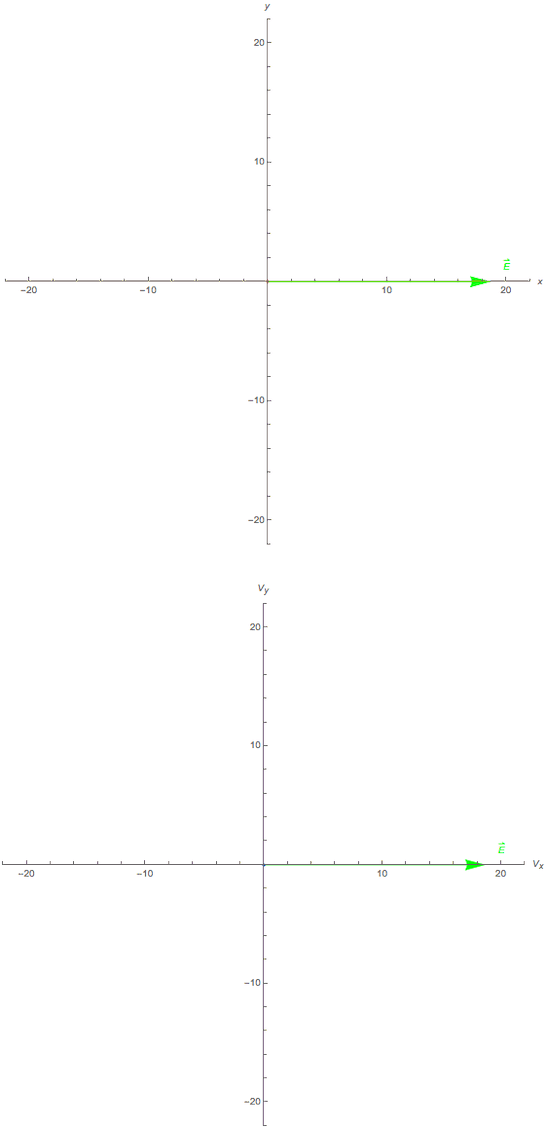 | ||
Electron cyclotron resonance is a phenomenon observed in plasma physics, condensed matter physics, and accelerator physics. An electron in a static and uniform magnetic field will move in a circle due to the Lorentz force. The circular motion may be superimposed with a uniform axial motion, resulting in a helix, or with a uniform motion perpendicular to the field, e.g., in the presence of an electrical or gravitational field, resulting in a cycloid. The angular frequency (ω = 2πf ) of this cyclotron motion for a given magnetic field strength B is given (in SI units) by
Contents
where
where
In plasma physics
An ionized plasma may be efficiently produced or heated by superimposing a static magnetic field and a high-frequency electromagnetic field at the electron cyclotron resonance frequency. In the toroidal magnetic fields used in magnetic fusion energy research, the magnetic field decreases with the major radius, so the location of the power deposition can be controlled within about a centimeter. Furthermore, the heating power can be rapidly modulated and is deposited directly into the electrons. These properties make electron cyclotron heating a very valuable research tool for energy transport studies. In addition to heating, electron cyclotron waves can be used to drive current. The inverse process of electron cyclotron emission can be used as a diagnostic of the radial electron temperature profile.
In condensed matter physics
Within a solid the mass in the cyclotron frequency equation above is replaced with the effective mass tensor
where
